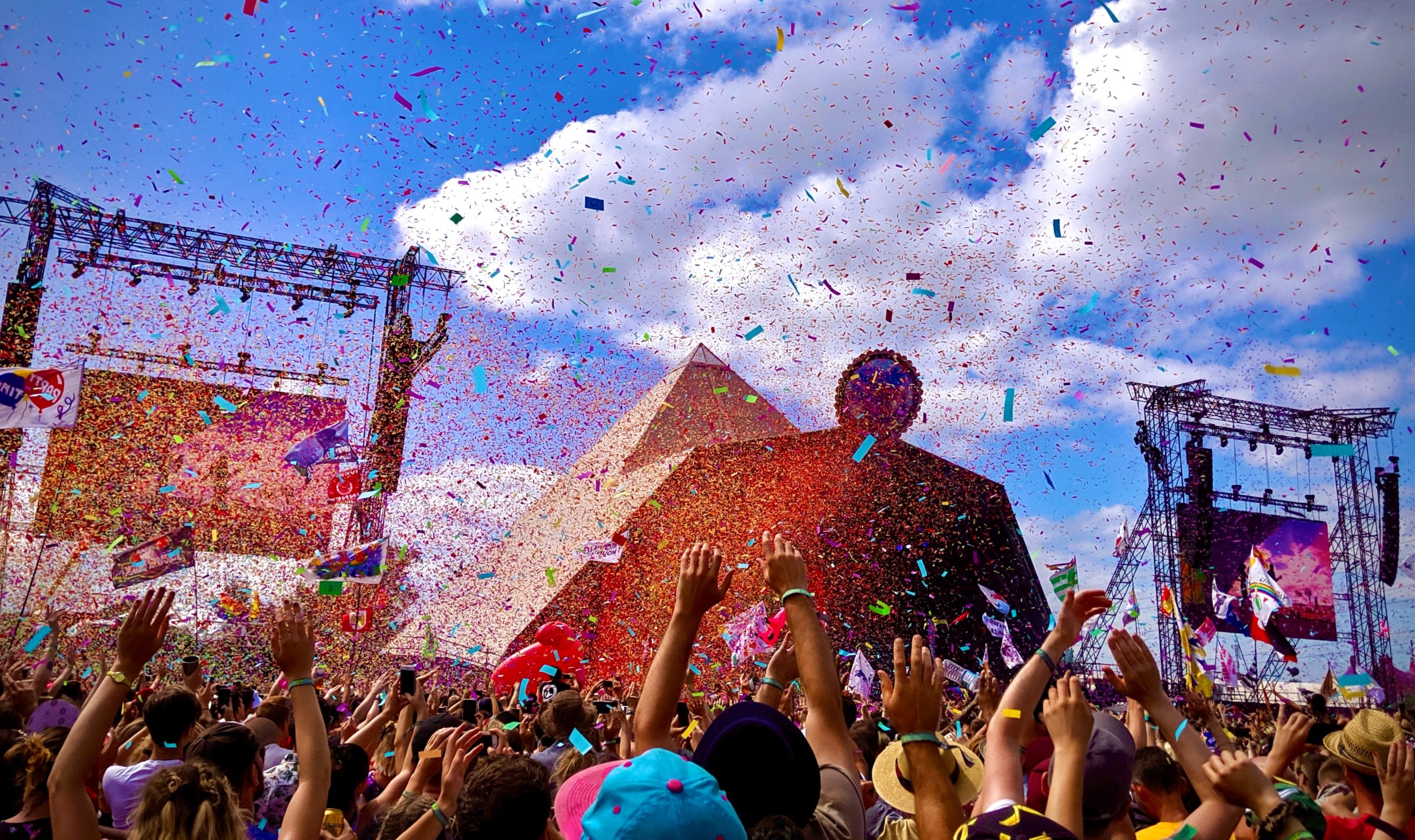The types of music festivals most people attend include the family-friendly, hippie-esque (LOL), and electronic variety. All of these festivals range in terms of music, price, and fanbases.
With summer just around the corner, you may be thinking of going to a music festival. Before you go, it’s important you know what you’re getting into and the type of festival you wish to attend.
There are, realistically, three main types of music festivals: family-friendly, traditional ones, and electronic megafestivals. Understanding this is key in determining which one you spend your hard-earned money at. Let’s be honest, you probably already have something in mind as to what kind of music you prefer, but we’ll dive into it anyway.
Let’s explore the three main types of music festivals in more detail to ensure which one is best for your needs.
Family Friendly Festivals: Canandaigua Chamberfest, Summerfest, etc.
Family-friendly festivals tend to attract, well, families…and are often considerably shorter than other festivals. They’re often affordable, pleasant, and do not take place in faraway areas unlike some of the larger festivals features on this list.
Let’s take a look at family-friendly festivals in more detail:
Family friendly classic festivals target audience
You don’t have to have a family to enjoy going to these types of festivals. In fact, they’re great for those with busy work schedules who don’t have the time to spend several days on-site.
You’ll hear a wide variety of music at family-friendly festivals. Events like the Canandaigua Chamberfest play chamber music with artists like Audrey Andrist and Amy Sue Barston. This music is suitable for the whole family and is beautiful to listen to if you enjoy listening to a modern interpretation of classical music, popular many decades ago.
On the other hand, events like Summerfest play popular music with artists like Billie Eilish, Death Cab For Cutie, and even old-school artists like Willie Nelson.
With family-friendly festivals, the onus is more on what type of music isn’t played rather than what is. For example, you’re unlikely to hear thrash metal, hip-hop, or any other adult-oriented music here.
The atmosphere at family-OK festivals
The vibe at a family-friendly festival is friendly. Since there’s a large number of children in attendance, they’re often light-hearted in nature.
These festivals often feature children’ entertainment as well as areas for adults to enjoy and mingle in.
Costs are usually cheap due to the focus on families. Very rarely are these types of festivals expensive and you can purchase a ticket for less than $50 in many cases.
Hippie Festivals: Burning Man, Lucidity, etc.
First, I’m just going to call it hippie festivals. Truthfully, I’ve never been into these kinds of festivals—don’t judge me. These types of festivals often feature rock acts and attract a younger crowd.
The target audience for hippie-type festivals tends to be Bohemian young adults with a bit of money to spend. People come from all over the world to go to festivals like Burning Man and some pay top-dollar prices.
Festivals like Burning Man play house music, dubstep, and other forms of electronic music. However, it’s common to hear rock music at other festivals. It’s not a bad idea to go to some of these legacy festivals if you’ve got your deep house music playlist on repeat every day.
What kind of atmosphere is it at this kind of music festival?
You’ll notice a strong party atmosphere at these festivals with a lot of dancing, socializing, and partying. People pay a lot of money for tickets and can come from all over the world to experience festivals like Burning Man, so don’t be too surprised if you find someone who has spent thousands on their ticket and came prepared (a lot of times, with drugs).
Electronic, House & Dance Festivals: Amsterdam Dance Event, Tomorrowland, etc.
The final type of music festival you’ll experience is the electronic kind. These events are mostly attended to by young people and are known for their wild atmospheres.
The typical Tomorrowland audience
The target audience for this kind of event is young people with an interest in electronic music. Due to the kind of music on display, it’s unlikely you’ll find many older people and you’ll almost never find families in attendance.
What kind of music do they play?
As the name suggests, you’ll hear electronic artists, bands, and DJs. The artists come from all over the world such is the diversity of the music and its global fanbase.
Artists like Tiesto, Armin Van Buuren, and Martin Garrix can be found headlining festivals such as Tomorrowland and all the supporting acts play some kind of electronic music, including the more festival-suitable house like future house music.
The atmosphere
You’ll experience a wild vibe with people moshing, dancing, and enjoying the music. The use of drugs is commonplace at electronic festivals, so be careful should you choose to visit—unless, that is, that’s what you’re looking for.
Electronic festivals range in price. A ticket for Tomorrowland can cost a few thousand dollars, but, really, it’s highly likely you’ll find a smaller festival in your local large city for a fraction of this price.
Let’s close it up
Music festivals vary hugely and you’ll find a huge difference in clientele, price, and music. Compare the family-friendly Canandaigua Chamberfest to the wildness of Tomorrowland and you’ll notice the huge difference in music festivals and the types of people in attendance.
